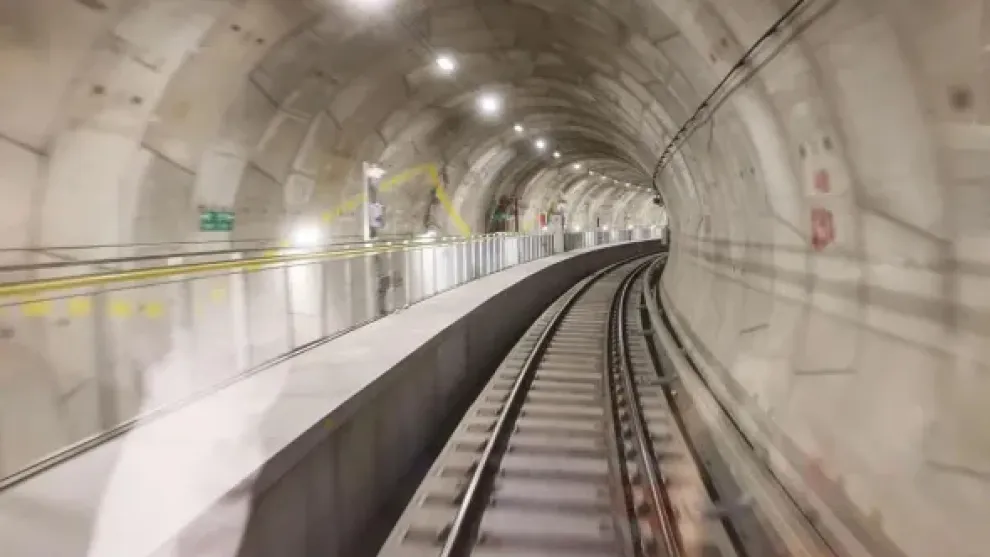Milan chooses Holcim’s low-carbon circular concrete for metro expansion
The transportation sector alone accounts for approximately one quarter of greenhouse gas emissions worldwide. Transitioning to environmentally friendly mobility solutions is, therefore, an urgent necessity for a net-zero future.
In Milan, Italy’s second biggest city, the authorities are building new metro lines in the most sustainable way possible, choosing Holcim’s range of low-carbon and circular solutions. In July 2023, Milan opened San Babila, the next station of the M4 new metro line, connecting the eastern and western sectors of the city in under 30 minutes.
For this project, Holcim supplied concrete made with low-carbon pozzolanic cement and half a million tons of excavation materials sourced onsite from the same project. This combination saved the infrastructure at least 30% CO2 emissions while significantly reducing the amount of virgin aggregates needed.

The construction process of the M4 line aligns with the principles of the circular economy. Materials resulting from the excavation of the underground stations were used to replace the aggregates necessary for concrete production.
For this project, Holcim supplied concrete made with low-carbon pozzolanic cement and half a million tons of excavation materials sourced onsite from the same project. This combination saved the infrastructure at least 30% CO2 emissions while significantly reducing the amount of virgin aggregates needed.
Once completed, the M4 (“blue”) line alone will be able to transport over 85 million people, avoid more than 60 million car journeys, and reduce CO2 emissions by up to 75,000 tons each year, according to WeBuild, the construction company.
- At least 30% CO2 emissions saved
- Half a million tons of excavation material reused in concrete production
- 180,000 car journeys per day avoided




